The place names Tam Long or Ben Soi are quite prominent in the hearts of Tay Ninh people. Therefore, some people misunderstood that Tam Long wharf was located on the western royal road under King Gia Long, which used to be the imperial road.
The results of many studies in the books: “Tay Ninh Land and People”, “Sai Gon Land and People” show that this is not the case. Because this route, now DT.782, DT.784, DT.781 and DT.788, does not pass through Tam Long wharf. But even if it is not, it is clear that Tam Long was once a river wharf of a prosperous and bustling residential area “on the wharf, under the boat”.
Poet Phan Phung Van wrote many poems about Tam Long wharf. One of them has the following lines: “My hometown is Tay Ninh, the border area/ The trade route from Ben Soi to Tam Long/ The water flows smoothly downstream/ The sadness is like a silent river/ The cold autumn afternoons in my dreams/ Tam Long is gloomy and faint with mist…” (Old Tay Ninh - Huynh Minh, Thanh Nien Publishing House reprinted in 2001).
That’s poetry. What about history? We know that Tri Binh village was re-established in early 1919, after being separated from Hao Duoc. And perhaps, the village officials not only built the communal house to affirm the village’s position; but also built a road connecting from Provincial Road 13 to Tam Long wharf.
That is, the road runs through the most concentrated residential area of the village, which is now the central axis of Chau Thanh town. Therefore, in the Decree on classifying village roads (rural roads) of Tay Ninh province by the Governor of Cochinchina on March 8, 1919, this road was named Road No. 6 Tam Long, 2.580km long.
On December 27, 1929, a new decree replaced Decree 1919. Accordingly, among the total of 17 village roads in Tay Ninh province, there was: "Road No. 6 from inter-provincial road No. 13 at km 41,400 Thai Binh to Vam Co Dong river, Tam Long, 2,880km long" (300m longer than the old road). That is the second proof for the view that Tam Long was once a prosperous residential area.
Offering to the temple of Ba Xom Ruong (16.3 lunar calendar)
We can add a third piece of evidence. That is the beautiful old house on Nguyen Dinh Chieu Street, Ward 2, Tay Ninh City (formerly Duy Tan Square), which was also an architecture relocated from Tam Long Wharf when this area became “unsafe” under the French colonial period.
It has been more than 250 years since the first “Moc Dinh” teams were sent by Lord Nguyen to exploit Quang Hoa forest. And perhaps they were the first residents on the coastal land of Tam Long-Ben Soi. Having completed their mission, they stayed with the indigenous people to continue to domesticate the rice fields and mounds into rice fields, cassava and potato fields.
After many years of “sweat and tears”, the river has accompanied the farmers, depositing alluvium for the fields on both banks of the Vam Co. From around the 9th lunar month until December, the water overflows the banks, carrying the salty taste of alluvium, preserving the fields from ever being exhausted or becoming barren again. Despite the efforts of the farmers, they never forget the grace of nature, whose greatest representative here is Ba Chua Xu - the Lady of the fields according to the beliefs of the Southern people. Therefore, the temples of Ba were built right on the riverbank, all year round fragrant with the scent of incense, fresh flowers and sweet fruits.
On the upper riverbank of Xom Moi hamlet, there is a small Ba temple located on an old tree leaning towards the riverbank. On the downstream bank of Tam Long wharf, belonging to Bac Ben Soi hamlet, there is also a spacious and well-built Ba temple, with a red tiled roof reaching high and reflecting in the water. However, the temple that is both majestic and has the longest history is the Ba temple in Xom Ruong hamlet, Tri Binh commune, downstream, less than 1km from Tam Long wharf.
Lunar March. Remembering the temple worshiping festival in the years before the Covid-19 pandemic. The temple worshiped the Lady on the 15th and 16th of March. On the 15th day, vegetarian offerings were made, and on the following day, meat offerings were made. The small temple by the river suddenly became bright and bustling. The people who came to worship were not only the people of Xom Ruong.
The tables placed in the theater or on the altars and small shrines were all brightly colored with flowers and offerings. There were also tables displaying a whole roasted pig in bright red, or a golden boiled chicken. Then there were trays of red sticky rice, plates of yellow mango, and trays of rice cakes filled with shiny green melons.
The brilliant colors of the gold and silver trays will be offered in the traditional folk dance. Everything seems to light up in the sparkling candlelight, under the brown tiled roof of the main altar, reminding us of the years gone by.
According to a cadre of the Commune Front about 15 years ago, this temple was built in the 80s of the 19th century. During the resistance war against the French, the Xom Ruong area became a revolutionary base and was often raided by the French army. The old temple made of wooden pillars placed on stone pillars and covered with tiles was burned down by the enemy.
In 1956-1958, the temple was rebuilt by the villagers with their labor and money on the old ruined foundation. Of course, it was only made of wooden pillars and rough planks. After the peace of 1975, in 1996, the villagers were allowed by the commune government to dismantle it and rebuild it, as spacious as it is today. With the main temple made of brick walls and tiled roof. With a spacious and long hall in front.
Then people continued to contribute to make the temple more spacious and beautiful. Outside there is a gate built with two large lines of letters: Ancient Temple of Ba Chua Xu. Inside there is now a statue of Bodhisattva Avalokitesvara right on a lotus pond adjacent to the Vam Co River.
That is the model: Buddha in front, Saint in back that many Ba temples have had and are having. Small temples, "joined in worship" in the Ba temple area, have also been renovated and painted more beautifully than before. Those are the temples to worship: Than Nong, Tho Dia, Tho Than, Ong Ta, and soldiers.
Sometimes in the stories told by the elderly, we can still hear a song: “Ba di Chau Doc, Nam Vang/ Ba ve Xom Ruong Sau Xang di ba” (the person’s name has been changed). That was the story of the early years, after liberation, when a movement to eliminate superstition arose. Therefore, some details of the temple worshiping festival were banned, including the dance of the ball and the golden tray and the boat release to send off ancestors.
Now, the golden tray of balls and spirits has returned, with dozens of golden and silver trays offered in wonderful dances and songs. That is why the Vietnamese Mother Goddess worship festival, which includes singing and balls and spirits, has been recognized by UNESCO as a world cultural heritage.
When will the custom of releasing boats to send off bad weather and epidemics, with the meaning of sending off bad weather and epidemics that harm crops, livestock, poultry, and even humans, and praying for "favorable weather, national peace and people's safety", return? To more fully complete a traditional cultural color that has existed since ancient times.
TRAN VU
Source link


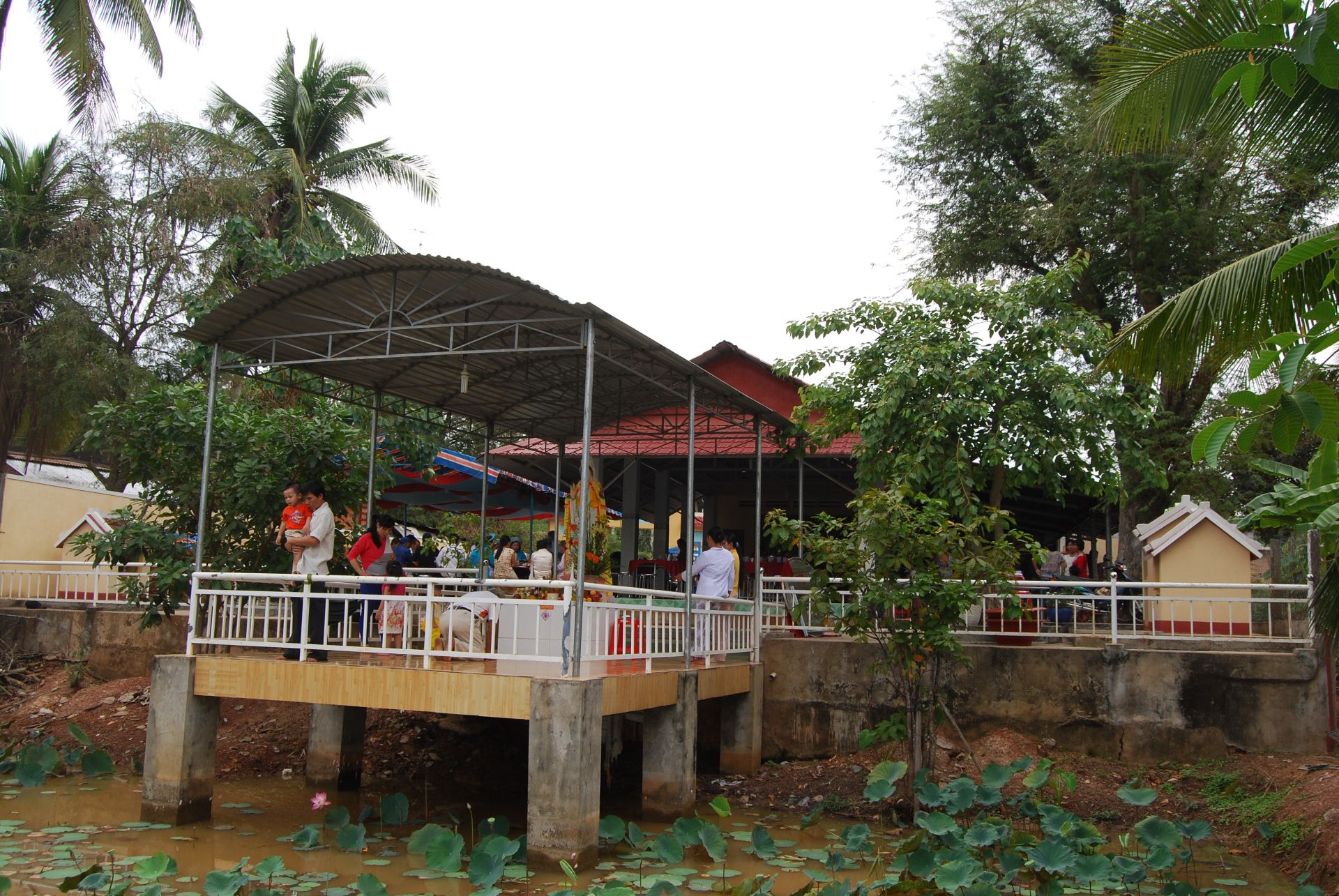
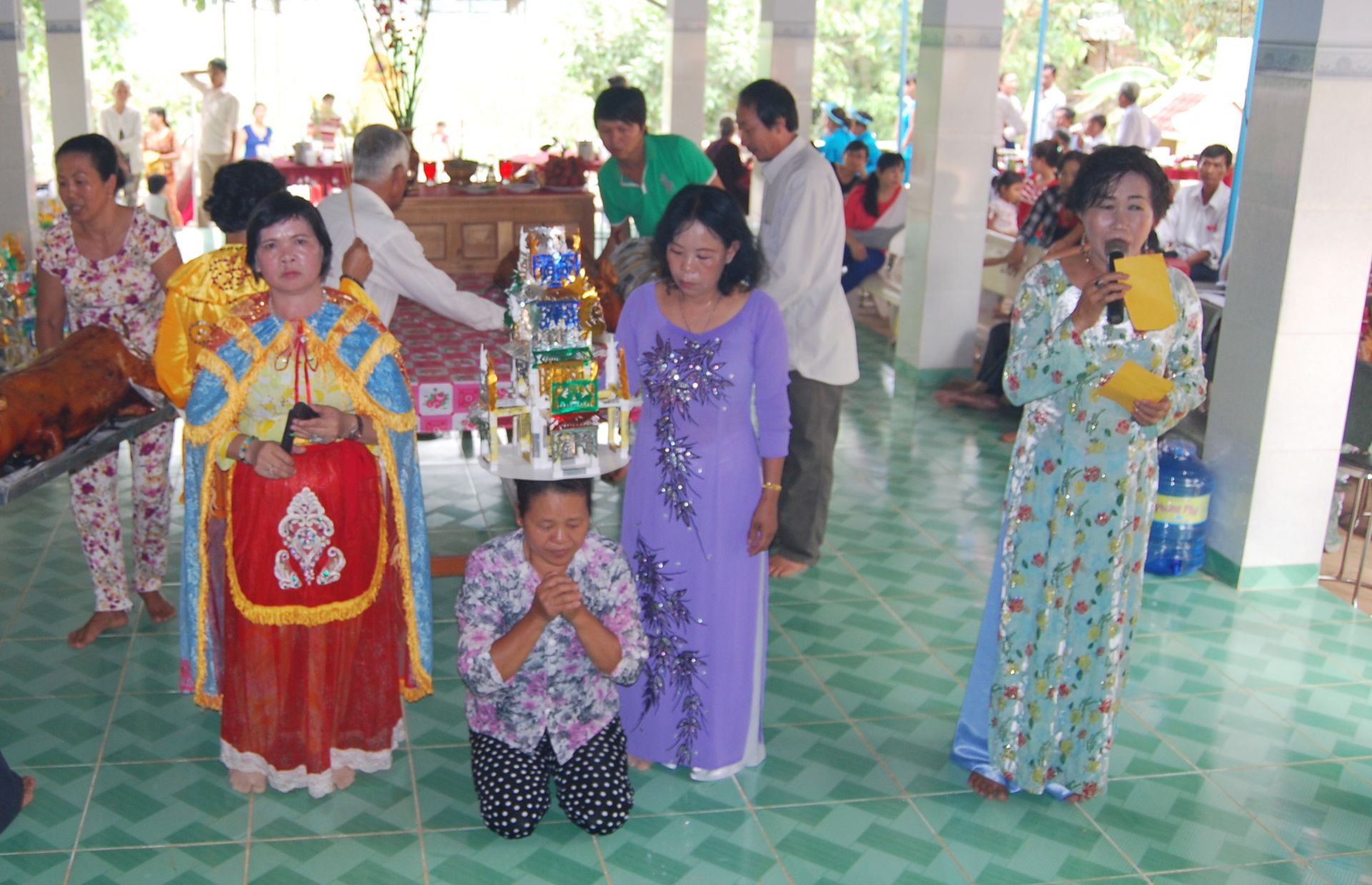
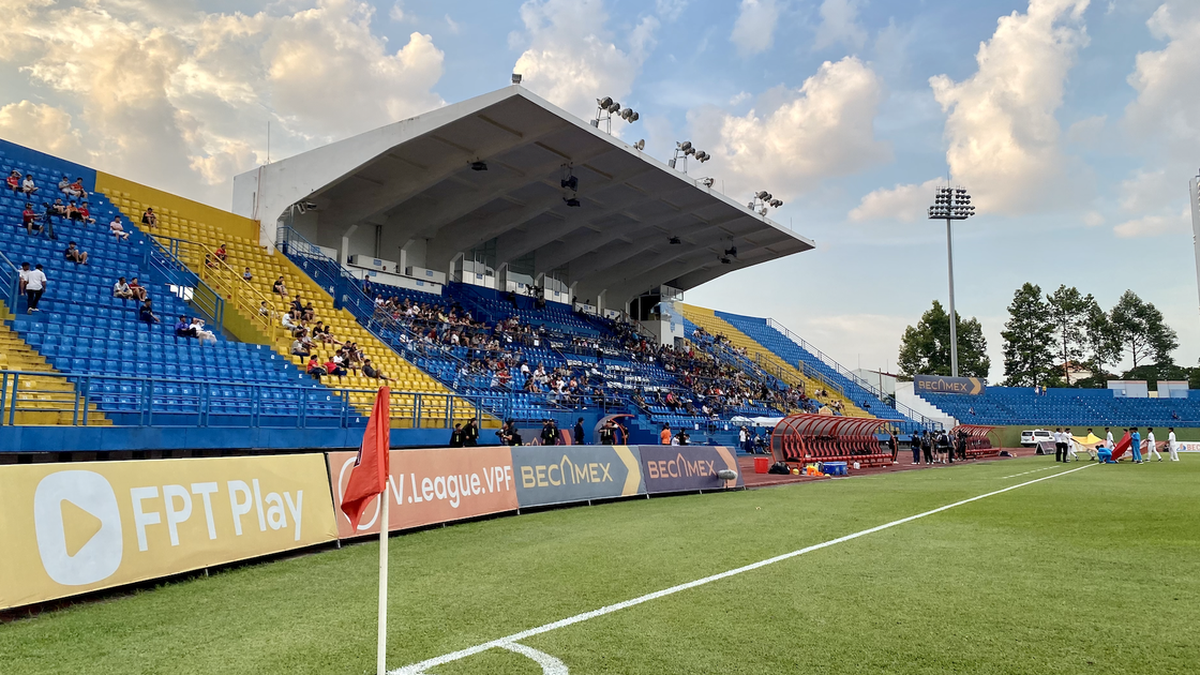




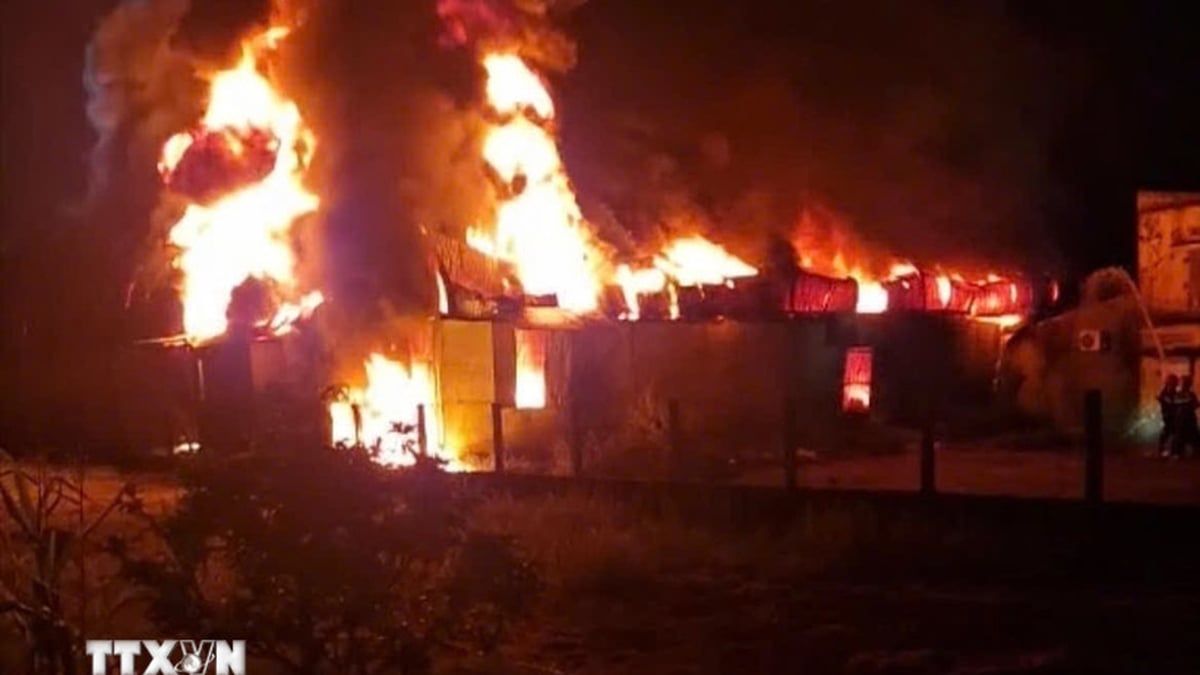


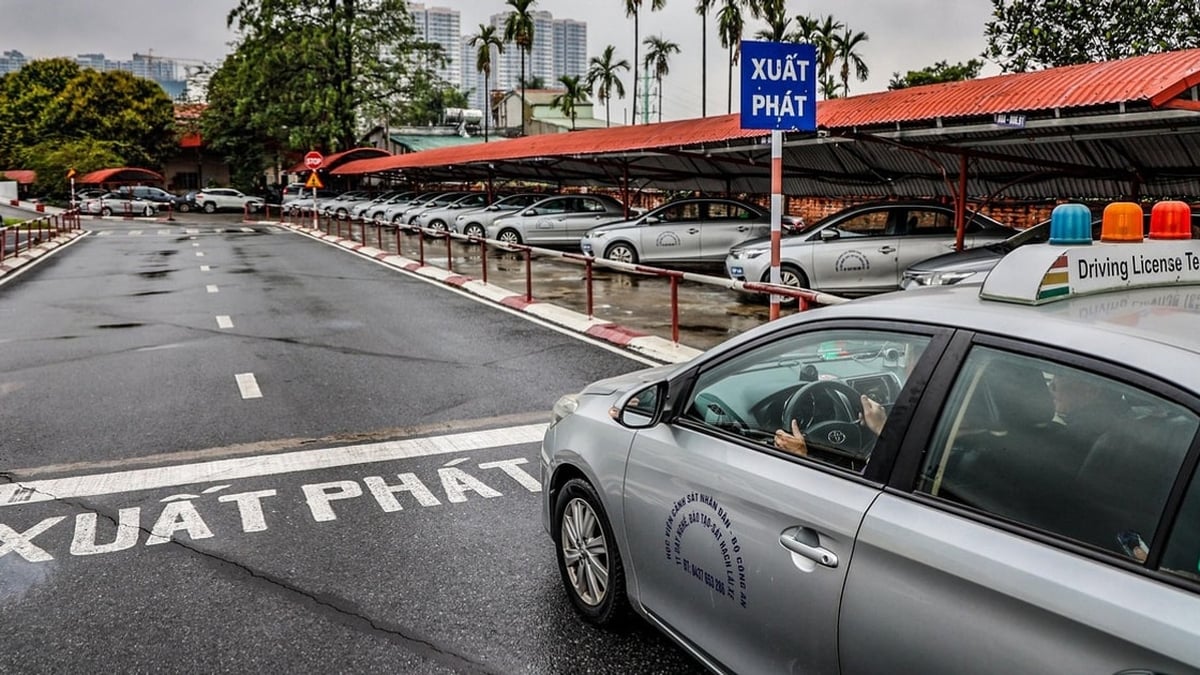
























































































Comment (0)